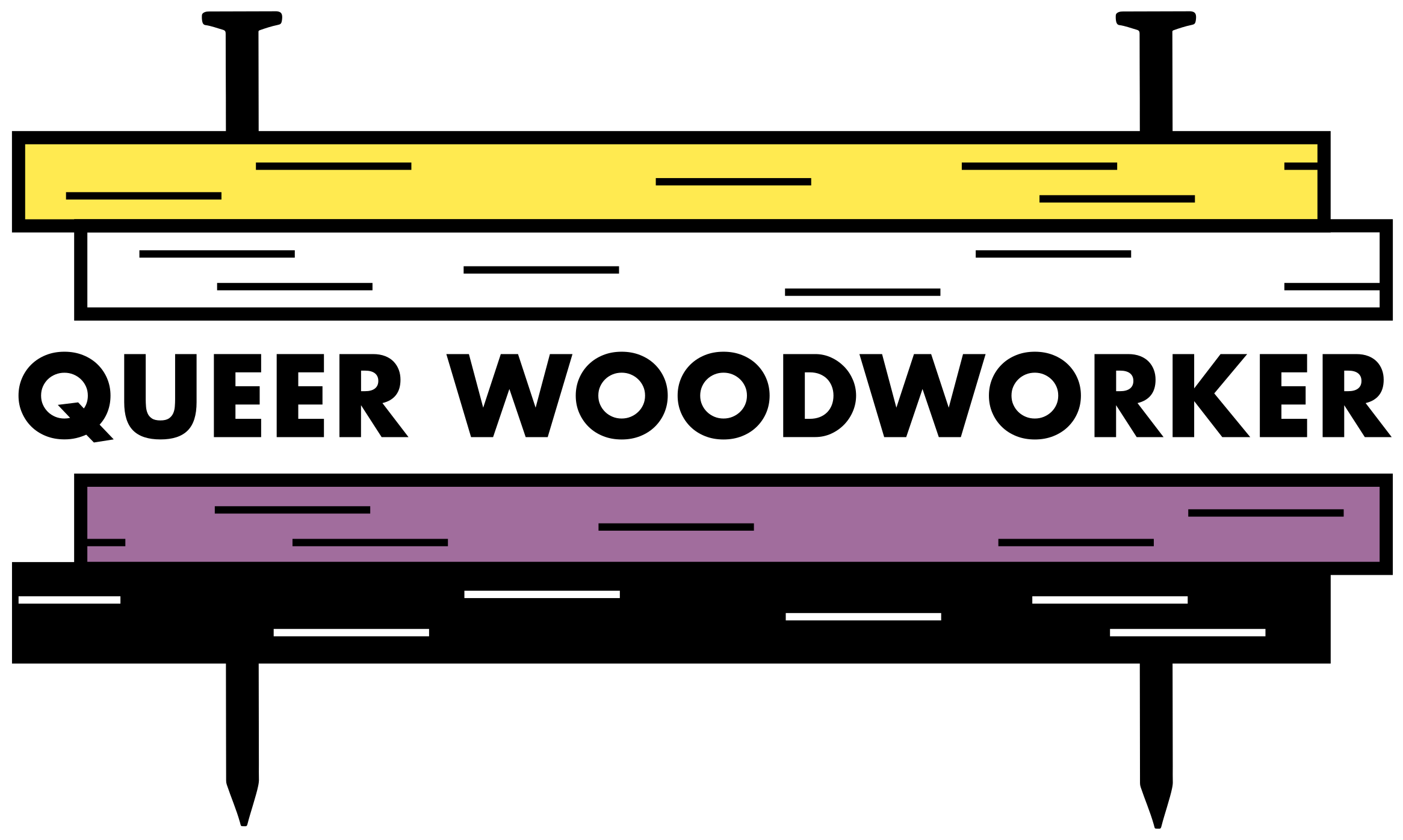I’m queer. In fact, I’m several different flavors of queer. I am one of the most openly queer people in my friend group, and that results in a lot of questions about queerness being pointed to me. Today I want to talk about one specific type of question that I get asked: “Can I still be x if…?”
“Can I still be gay if there’s one girl I find attractive, or does that mean I’m bi?” “Can I still be non-binary and use my birth name and pronouns?” “Can I still be trans even if I don’t want surgery?” The answer to all of these questions is yes, and that yes is based on one simple fact: labels do not define experiences, they describe experiences.
You can eat an apple, but you can’t eat the word “apple.” Words like gay or bi or non-binary or trans are labels, words that describe a particular experience of orientation or gender. They aren’t the experience itself, merely descriptions. Being gay or trans is a unique experience to each person who uses that label, and a single word can’t convey the complexity of even one person’s full experience of gender or orientation.
As a woodworker, I’m acutely aware that certain tools are better for a job than others. I can theoretically drive a nail in with my wrench, but I’m likely to get better results with my hammer. I’ve got four different types of hammers in my shop, and some of them are better for big framing nails and others for small finishing nails. If I want to drive in a small finishing nail, I can use my small hammer for that, or I can use my bigger framing hammer, or I can use my wrench; they’ll all get the job done with varying degrees of finesse. Maybe my small hammer is on the other side of the shop, and my big hammer is already in my hand, so I’ll use the big one out of convenience. That doesn’t mean I’m doing it wrong, it just may not be the best possible fit for that particular job.
Drawing a distinction between an experience and the words we can use to describe it is freeing. Because the label doesn’t define the experience, we can recognize it for what it is: a tool for conveying information. Just like I can use a variety of tools to drive that finishing nail, I can use a variety of words to describe my orientation or my gender. Trixic may be the most accurate term for describing my orientation, but if I’m talking to the average straight person, I’m probably not going to use that word because they’re unlikely to understand it, and instead I’ll reach for gay or lesbian. That doesn’t mean I’m wrong when I say those less-precise terms, just like it’s not wrong to use a framing hammer on a finishing nail. Just like I get to choose which tool I use to accomplish a particular task, I get to choose which words I use to describe my own experiences. This has a few important implications:
- I can use different words in different contexts
- I can adopt a new word for my orientation or gender identity if I feel it does a better job than my previous word
- As my experience changes, I can change which words I use to describe it
- I can use any combination of labels to describe my experiences that I feel will accurately convey how I feel to someone else
- It’s okay to not be sure which label is the best fit
- There are no wrong labels
Labels are tools. We use them to solve the problem of conveying information about our experiences to other people. Just like being hungry, or left-handed, or in love, labels for orientation and gender identity are words we choose ourselves, not things that we must adopt because of some arbitrary rules or external standards.
So if you asking “Can I still call myself X if,” the answer is yes. You are the one having that experience, so you’re the only person in a position to decide which words will adequately express it. If you feel a label is accurate to you, you’re free to use it. The choice is yours.
